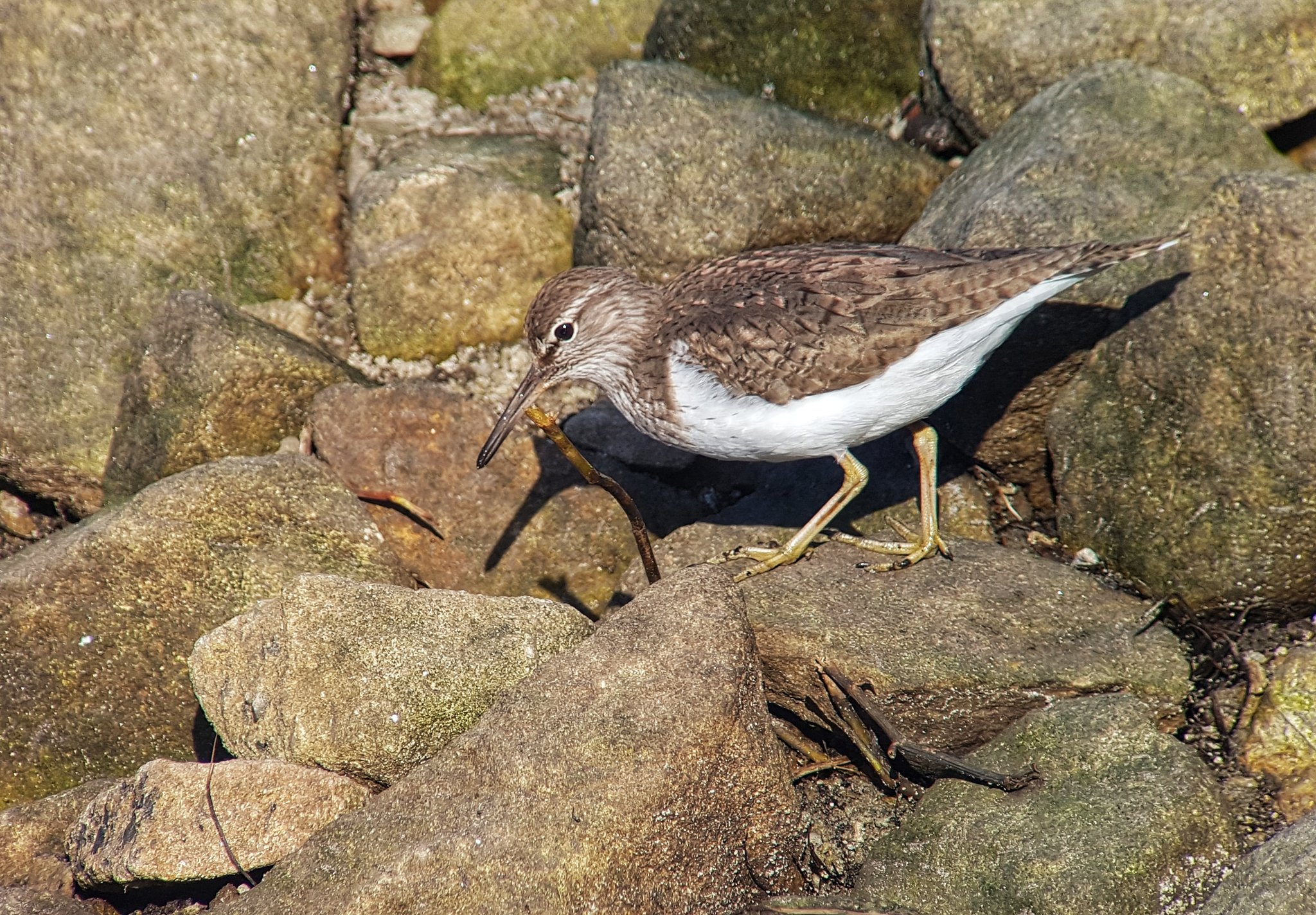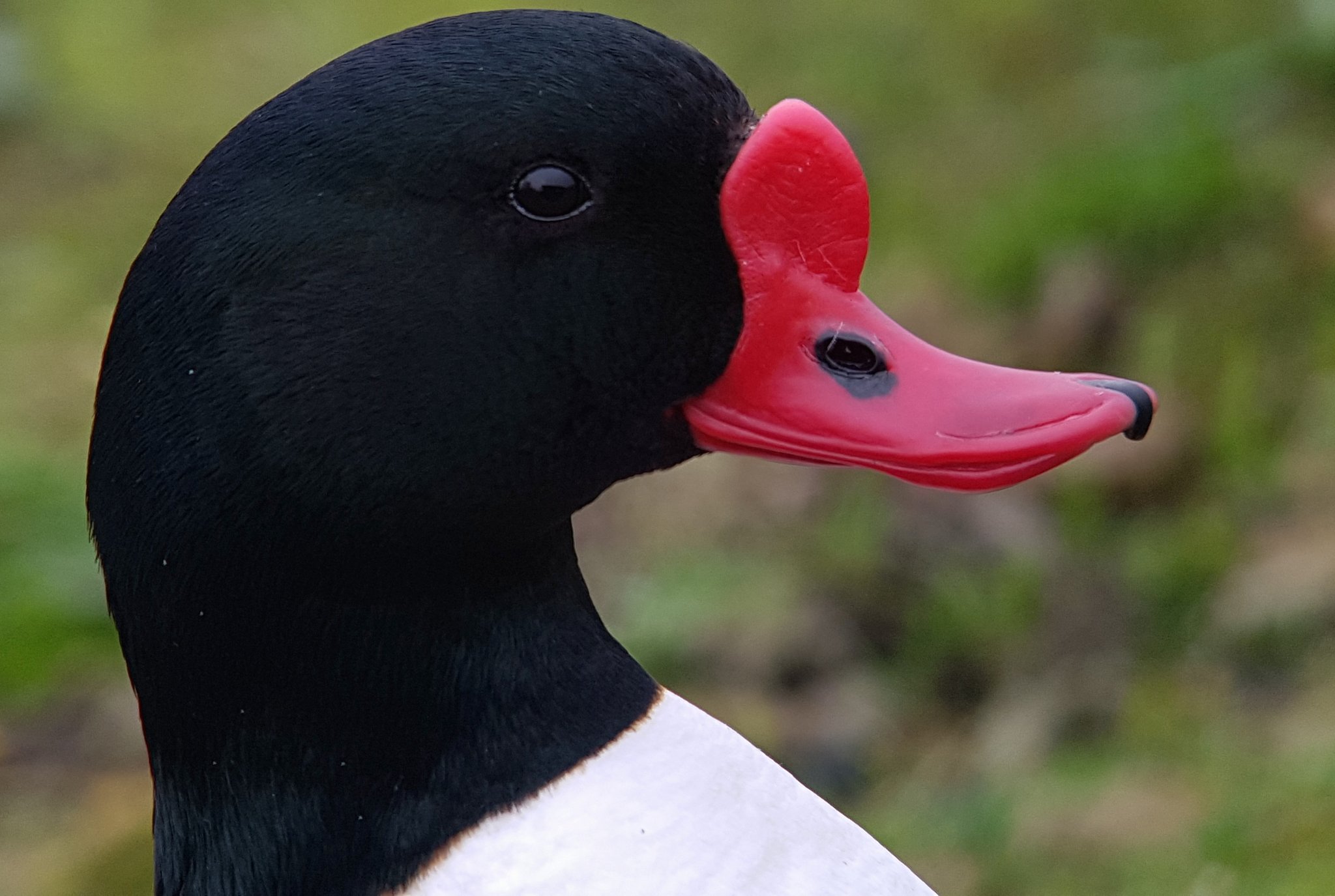Reed Warbler an early arrival
A fairly miserable start to the day with rain coming through from first light until near midday. A Reed Warbler was in song along the public footpath on the Outer Reed Bed Walk. This is possibly our earliest sighting of this species. Reed Warbler are one of a number of species which have been arriving earlier in Lancashire/UK.
Chiffchaff and Willow Warbler are singing around the reserve, also Blackcap and the resident Cetti's Warbler. Locally on the coast, Whitethroat, Sedge and Grasshopper Warbler have been seen.
Waders on site include 40+ Avocet, 20+ Lapwing, 20 Oystercatcher, 100+ Black-tailed Godwit, 40+ Ruff (some colouring nicely), 8+ Redshank, 6+ Snipe, 2 Little Ringed Plover and Common Sandpiper.

The Harrier Hide is the best spot to hear Bittern booming and it has occasionally been seen in flight from there. Also from there Great-crested and Little Grebes and good views of Swallow and Sand Martin this morning in the rain.
Yellowhammer still singing at the end of Long Hedge and Corn Bunting singing by the Railway Crossing.
The lower water levels on the Mere are bringing in more Shoveler. Still 20 Whooper Swan and at least 150 Pink-footed Geese yesterday. Wigeon, Teal, Pintail, Gadwall, Pochard and Tufted Duck all present in small numbers.
The usual Tree Sparrow active around the nest boxes now. Stock Dove out on the reserve. At least 3 Little Egret.
Barn Owl day flying again. At least 6 Buzzard, Peregrine, 2 Kestrel and Sparrowhawk.
If you are visiting Martin Mere for the first time and would like to know what is around and the best areas to see specific species do call in at the in focus shop, next to the Discovery Hide which over looks the Mere. It should be possible to see over 60 species in a day without too much difficulty.




